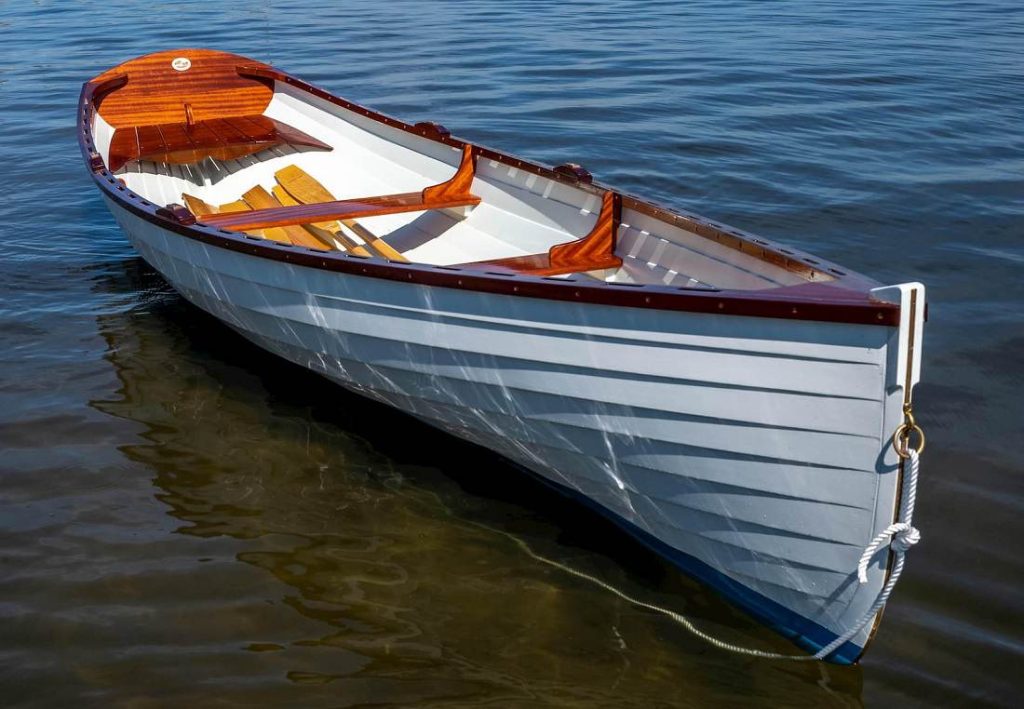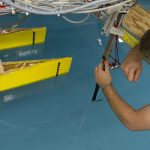Clinker construction is an ancient method used for constructing boat hulls by overlapping the wooden planks along their edges. It is said that vikings, explorers and pirates from Europe in the 300 C.E. introduced this method of hull construction. Clinker built boats were also used by Chinese people during the Song dynasty. Clinker construction is also known as lapstrake construction in some parts of the world.
Lapstrake Construction
Lapstrake construction involves slight overlapping of wooden planks in such a way that the bottom of each plank fixes at the top of the plank beneath it. It the earliest clinker built boats, the wooden planks were lashed to the framework beneath them; however, later on the planks were fixed using nails or pegs. It is to note that clinker method is not an easy method constructing hulls but requires utmost precision and hard work. This is because the planks are to be fixed in such a way that the hull receives a tapering curve, an important aspect for the overall performance of the boat.
The earliest clinker boats were built by creating an outer mold, which would include a transom and an inner keel for support. The earliest lapstrake construction didn’t have any predetermined number or width of the planks. The planks were then placed and nailed together to the mold until the correct look was achieved. The joint where two plates overlap each other was known as the land. The spaces left between the joints were filled by allowing the wood to swell after the hull absorbed water. Once the hull was made, it was turned upside down and timber plates of narrow wooden strips were fitted using several copper nails.
With the passage of time, stronger wood was used in the construction process. In modern construction, generally strong marine plywood is used instead of the traditional mahogany wood planks. Moreover, instead of copper nails, strong epoxy glue was used to stick the planks together. The modern clinker construction is a more planned one. Planks of equal sizes are cut from the plywood and the exact number of plywood planks to be used along with their dimensions is pre-decided. Modern adhesives are used for fixing the planks together, which provides strong bonding without any leakages and prevents the traditional metal fastening that gets loosened and weak with time.


Carnel Boats
Lapstrake construction is known for producing the strongest hulls, which are much lighter in weight, long lasting and need very less maintenance. However, the only drawback is that clinker ships move less swiftly through water than any other boat of the same size.
Once more type of boat that follows the same method of construction is Carvel boat. Carvel boats are older than the clinker boats. Carvel is usually smaller than Clinker and instead of overlapped planks has individual planks that are joined end to end with each other. This construction method gives carvel a smooth surface but doesn’t make it strong or lighter in weight. Clinker in comparison to carvel is lighter in weight and has a stronger hull. Moreover, clinkers have more cargo carrying capacity than carvel. Clinker construction is still used extensively in many parts of the world and is considered one of the most important discoveries in the history of ship building.


